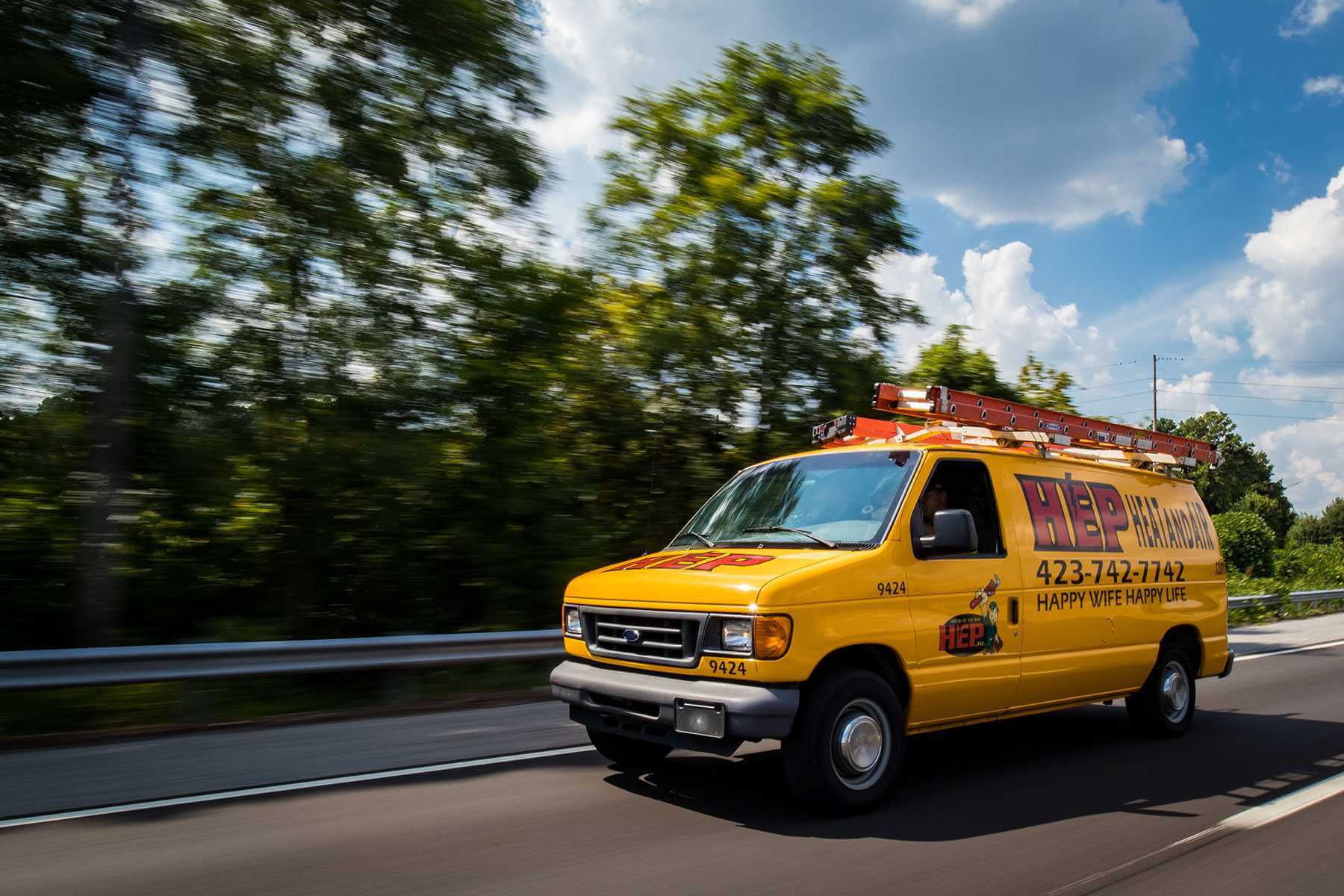

Emergency Unclog
Your trusted partner for professional home services. Quality workmanship, guaranteed satisfaction.




- HEP Plumbing
- Emergency Unclog
Emergency Unclog | Main Line Issues | Plumbing | Oliver Springs
When raw sewage threatens to bubble up or every drain in the house suddenly gurgles, Oliver Springs homeowners know it’s time to call HEP. Our rapid-response team dives straight into the heart of stubborn backups, using advanced camera inspections and powerful hydro-jetting to clear blockages fast—often in a single visit. Because we’re local, we can be at your door 24/7, minimizing damage, odors, and downtime so you can get back to life without the mess.
From tree-root intrusions to collapsed pipes, few problems are as disruptive as main line issues, and they never wait for a convenient moment. HEP’s certified technicians pair decades of experience with transparent, upfront pricing, explaining every step before we pick up a wrench. We even handle permit coordination and post-repair clean-up, leaving your property spotless and your plumbing flowing freely. When emergencies strike beneath the surface, trust the hometown pros who treat every call like it’s happening in their own backyard.
FAQs
What are the most common warning signs that my main sewer line is clogged and needs emergency service?
Telltale signs include multiple fixtures backing up at the same time (for example, toilets, tubs, and floor drains), gurgling noises coming from drains, water or sewage bubbling up around the basement floor drain, and strong sewer odors indoors or outside near the clean-out. If you notice any of these symptoms in your Oliver Springs home or business, call us immediately—delaying could lead to wastewater flooding and costly structural damage.
How fast can your plumbers reach my property in Oliver Springs for an emergency main line clog?
We maintain a 24/7 emergency dispatch center and a rotating on-call crew dedicated to the Oliver Springs area. In most cases we can be on-site within 60 minutes of your call, day or night, including weekends and holidays. Our trucks are fully stocked with augers, hydro-jetting equipment, cameras, and repair parts, so we arrive ready to diagnose and resolve the blockage in a single visit whenever possible.
What techniques do you use to clear a blocked main line during an emergency call?
After an initial camera inspection to locate the clog and check pipe condition, we select the best method for the situation. For soft blockages (grease, paper, tree roots under two inches), we often start with a heavy-duty sewer auger (rooter). For tougher or extensive buildup, we switch to high-pressure hydro-jetting, which scours the entire pipe wall and flushes debris to the municipal sewer. If the camera shows collapsed or bellied pipe, we can perform spot repairs or set up trenchless lining to restore flow temporarily until a full replacement can be scheduled.
Will you have to dig up my yard or driveway to fix the main line clog?
Not necessarily. About 90% of emergency main line blockages in Oliver Springs are cleared with no excavation at all. Our state-of-the-art jetting units and flexible cutters remove roots and debris through the existing clean-out. If the pipe is broken or has a severe belly, we may recommend trenchless pipe bursting or cured-in-place lining, both of which require only two small access holes instead of a full trench. Traditional excavation is reserved for situations where the pipe is irreparably damaged or lacks proper slope.
How much does emergency unclogging of a main line typically cost?
Pricing depends on several factors: the severity and location of the clog, pipe size, access to a clean-out, and whether hydro-jetting or sectional repairs are needed. For a straightforward auger job, expect a range of $250–$400. Hydro-jetting with camera inspection generally falls between $450–$700. If pipe repair or lining is required, costs can start around $1,500 and rise with length and depth. We provide a written, flat-rate quote before any work begins, and we waive the diagnostic fee when you authorize the repair.
What can I do to prevent future main line clogs after the emergency is resolved?
1) Schedule a preventive hydro-jetting every 12–24 months to keep the pipe free of grease and roots. 2) Avoid flushing wipes, feminine products, paper towels, or large quantities of food waste. 3) Keep cooking grease out of drains—pour it into a sealed container and dispose of it in the trash. 4) If you have mature trees near the sewer lateral, ask us about root-foaming treatments that inhibit root growth without harming the tree. 5) Install mesh strainers over tub and shower drains to capture hair. 6) Have our team conduct an annual camera inspection; catching small obstructions early is much cheaper than an emergency call.